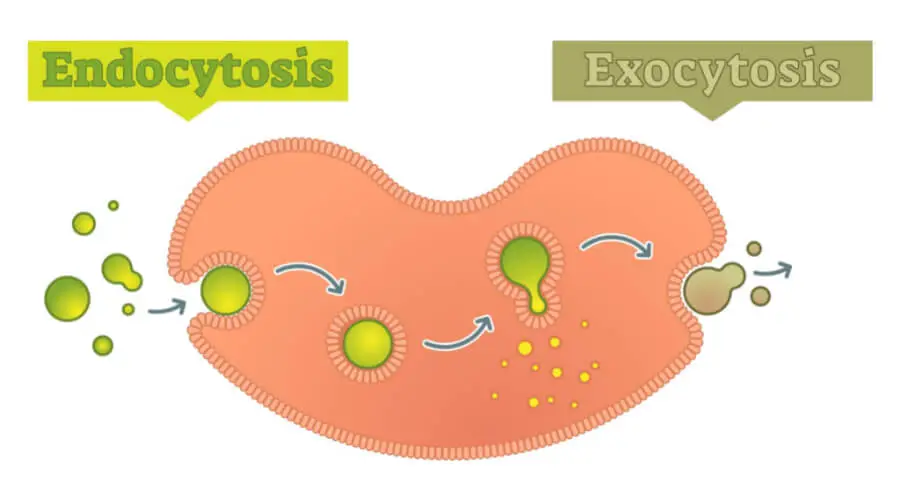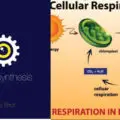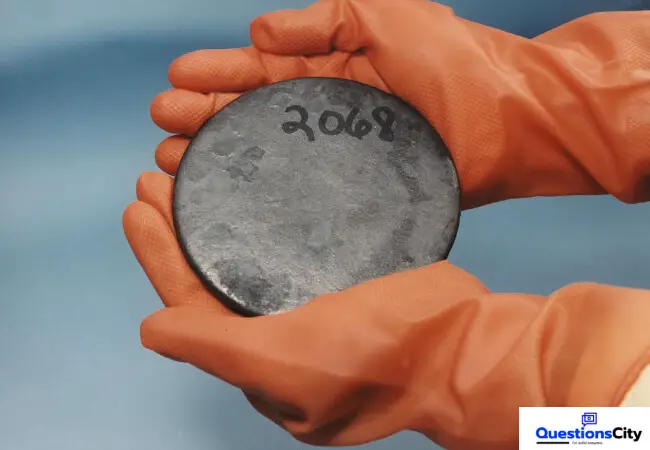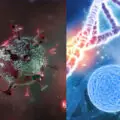Last Updated on March 19, 2022 by QCity Editorial Stuff
Phagocytosis and endocytosis are two cellular processes that allow for the uptake of extracellular material. Though both processes work towards this goal, they do so in different ways. Phagocytosis is a process that occurs when an organism engulfs something external to its body such as food particles or bacteria through cell membrane protrusions called pseudopodia. Endocytosis on the other hand does not involve ingesting anything and instead involves cells taking in bits of their environment by using vesicles to bring molecules inside the cell where they can be used for metabolism or storage.
Endocytosis and phagocytosis are both important for the immune system to function properly. They are similar types of processes, but they have some noticeable differences. The purpose of endocytosis is to break down large particles into smaller ones that can be easily digested by macrophages or other cells in the body while phagocytosis is used to destroy bacteria and other harmful substances. Both processes play an important role in maintaining a healthy body!
Comparison Between Phagocytosis And Endocytosis
| Parameters of Comparison | Phagocytosis | Endocytosis |
| Cell | Phagocytosis is a form of cellular eating where the cell ingests particles, such as bacteria and other microbes | Endocytosis is when cells absorb molecules from outside their membranes through membrane invaginations or vesicles |
| Particle | engulfed by an entire cell | Do not engulf an entire cell |
| Process lies | phagocytosis happens through ingestion | endocytosis occurs through the absorption |
What Is Phagocytosis?
The human body has a powerful immune system that is always working to protect us from harmful pathogens. One way the immune system does this is through phagocytosis, the process in which cells ingest bacteria and other foreign particles using their cell membrane protrusions called pseudopods. The result of phagocytosis is for the pathogen to be surrounded by acidified fluid or digestive enzymes before being killed off by reactive oxygen species (ROS).
Phagocytosis is a process in which one cell, the phagocyte, engulfs and digests another cell that has been injured or infected. The injured or infected cells are known as prey, while the phagocytes are called predators. Phagocytosis is an important part of our immune system because it helps clear out damaged cells from our bodies. It also plays a major role in fighting infections by destroying foreign particles such as bacteria and viruses before they can cause more harm to us.
What Is Endocytosis?

Endocytosis is a cellular process that allows cells to take in nutrients, water, and other molecules by engulfing them. Endocytosis can either be phagocytic or pinocytic. Phagocytes are white blood cells that eat foreign invaders while pinocytes are cells within the body that ingest food particles through endosomes. Endosomes form when substances enter the cell membrane of a cell and merge with it allowing for digestion by enzymes inside lysosomes which break down the contents into their components so they can pass through the membranes into the cytoplasm where they become usable for energy production or building blocks for new structures within the cell. The purpose of endocytosis is to allow cells to take in nutrients and other molecules from outside of the cell to keep cells healthy as well as meet their energetic demands.
Endocytosis is the process by which cells absorb molecules from their environment. This can be as specific as an individual molecule, such as oxygen or glucose, and it can also include more complex substances like proteins and viruses. Endocytosis occurs when a portion of the cell’s plasma membrane invaginates to form a pocket that engulfs external material into the cell. The internalized substance then moves through vesicles to various cellular components where they may be used for energy, storage, signaling pathways, etc. This process is similar to how our bodies uptake nutrients from the food we eat; however, endocytosis helps cells take in much smaller particles than would otherwise be possible with simple diffusion alone.
10 Differences Between Phagocytosis And Endocytosis
Cell: Phagocytosis is the process in which cells engulf particles, bacteria, or other cells.
Plasma membrane: Endocytosis is when a cell takes substances into its interior by pinching off vesicles from its plasma membrane.
Engulf: The difference between phagocytosis and endocytosis is that during phagocytosis, cells engulf particles, bacteria, or other cells while with endo-cytosis they take substances into their interior by pinching off vesicles from their plasma membrane.
Substances: A major difference between phago-cytoid and endo-cytoid is that during phago-cytoid cells engulf particles, bacteria, or other cells while with endo-cytoid they take substances into their interior by pinching off vesicles from their plasmalemma.
Store: The main difference between these two processes is that in one case (phagocytes) the engulfed material will be digested whereas in the latter (endoscopes) it will not be digested but rather stored for later use.
Food: One of the differences between them is how much food you can eat before feeling full; this has to do with.
Uptake: Endocytosis is a form of cellular uptake that occurs when a cell membrane surrounds the item and then pulls it into the cell.
Pores: In endocytosis, substances are taken in through pores or channels on the surface of the cell.
Pseudopods: In phagocytosis, substances are taken in through pseudopods that extend from the plasma membrane to surround and enclose an item.
Accumulate: Endocytic vesicles accumulate at one pole of some cells while phagosomes accumulate at another pole.
Interesting Statistics Or Facts Of Phagocytosis
1. The word “phagocytosis” comes from the Greek words “phagein,” which means to eat, and “kits,” which means cell.
2. Phagocytes are cells that engulf and absorb particles such as bacteria or other pathogens.
3. There is a type of phagocytic cell called an amoeba, but they don’t have nuclei as human cells do.
4. The process of phagocytosis can be broken down into three phases – recognition, ingestion, and digestion.
5. In humans, there are two types of phagocytes – neutrophils and macrophages – that live in different parts of the body – neutrophils live in the bloodstream while macrophages reside in the tissues around organs.
6. Neutrophils may be activated by chemicals released when bacterial lipopolysaccharides bind to receptors on their surface.
Interesting Statistics Or Facts Of Endocytosis
1. Endocytosis is one of the fundamental processes for living cells.
2. The process can be divided into two types, pinocytosis and phagocytosis.
3. Pinocytosis is the uptake of extracellular fluid by individual cells or small groups of cells without any change in their composition.
4. Phagocytosis is the uptake of food particles (e.g., bacteria) by larger groupings of cells that are called phagosomes.
5. In both cases, endosomes form as a result to enclose the material that has been taken up.
6. These endosomes then fuse with lysosomes to break down the molecules inside them.
Conclusion About The Differences Between Phagocytosis And Endocytosis
Phagocytosis and endocytosis are two processes that cells use to get rid of unwanted material. Although the result is similar, they go about it in different ways. In phagocytosis, a cell surrounds an object with its membrane and then engulfs it by forming a vacuole around it before breaking down the engulfed particle within itself. Endocytosis involves surrounding something on one side of a cell’s membrane while leaving other parts open so molecules can enter from either direction.
The first type is called extracellular digestion and it occurs when cells eat pieces of food that have been broken down by digestive enzymes outside the body. This creates a lot less work for your immune system because all they have to do is break up larger chunks into smaller ones before sending them on their way! Another form of cellular eating happens inside the cells themselves through endocytosis. This can happen in many ways but one common example would involve nutrients being absorbed from our small intestine – an organ where some absorption takes place via endocytic.
References:
Resource 01: https://www.frontiersin.org/articles/10.3389/fimmu.2020.01066/full
Resource 02: https://www.sciencedirect.com/topics/neuroscience/endocytosis






